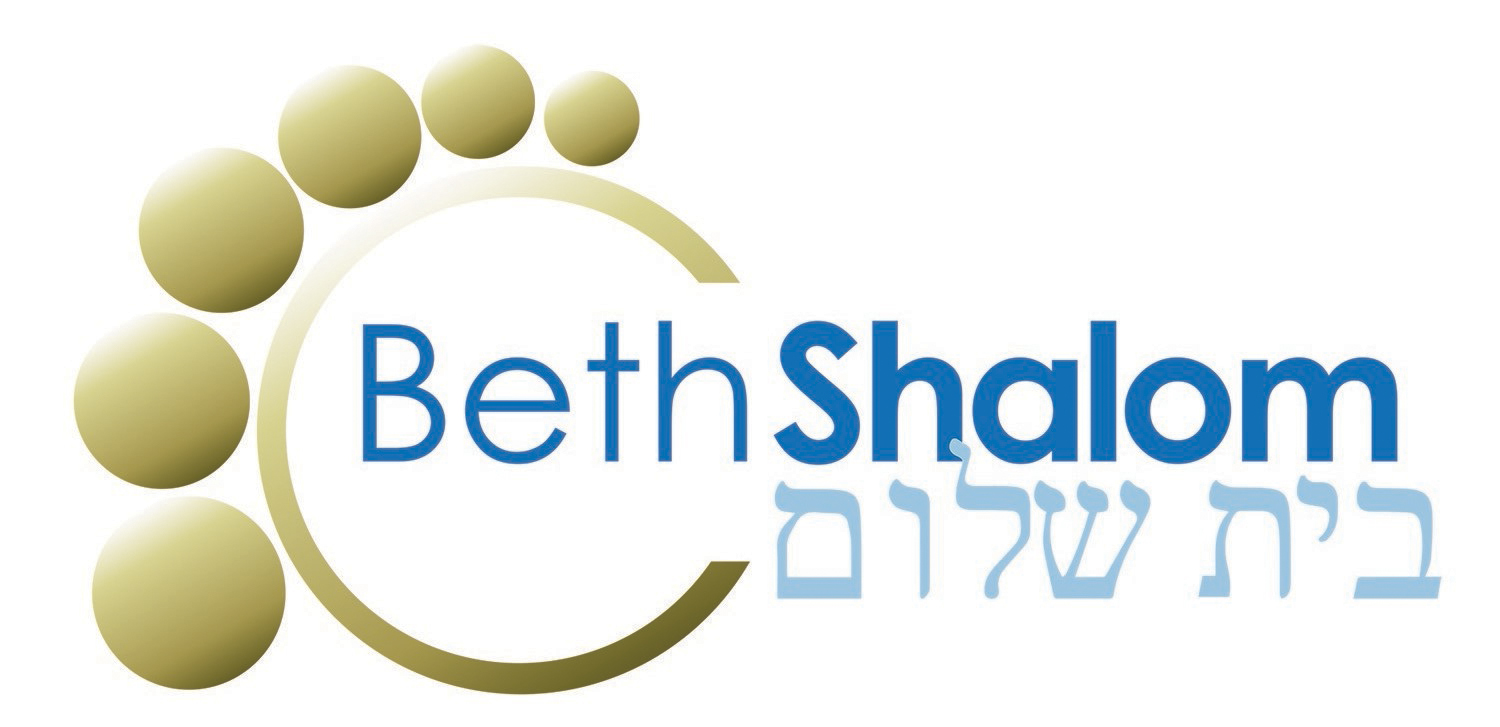What is all the pomp and circumstance in the Torah service? Part 2 of 2 (last week had Part 1) Originally published January 19-20, 2018
The Sefer Torah is the only book we decorate with velvet mantel, velvet gartel (the belt that goes around its waist, literally “belt” in Yiddish), and sometimes silver crown and breastplate. Sometimes we sew semi-precious stones to the mantel or affix them to the breastplate. We parade the scroll before and after reading it (parading […]
What is all the pomp and circumstance in the Torah service? Part 1 of 2 (next week will be Part 2) Originally published January 12-13, 2018
The Sefer Torah is considered our most holy book. We dress it royally, carry it regally, and ritualize its taking out, opening and reading and closing, and putting away, in order to give (and convey) the proper respect. Whenever the Ark is opened, we stand. Whenever the Sefer Torah is being carried or dressed or […]
Can Non-Mourners Say Kaddish? Originally published January 5-6, 2018
Many people believe that the Mourner’s Kaddish is the Kaddish, but although it is important, there are four other forms of Kaddish. So we say various forms of Kaddish regardless of whether we are mourning. But looking more closely at the forms of Kaddish, we see that the Kaddish DeRabbanan (“our rabbis’ kaddish,” recited after […]
Does “Berakhah” Mean Blessing? Originally published December 29-30, 2017
Supposedly deriving from the root meaning “knee,” berekh, and thus reflecting genuflecting, “barukh” means “sanctified,” and sometimes we translate it as “blessed.” But just as “sanctified” does not mean “blessed,” so “berakhah” does not really mean “blessing.” Because Hebrew words derive from three-letter roots, they may hold a broader and yet more subtle meaning than […]
What is Asara BeTevet? Originally published December 22-23, 2017
With a fast from dawn to dusk on Asara BeTevet, the tenth day of the month of Tevet, we remember the beginning of the siege of Jerusalem by King Nebuchadnezzar of Babylonia in 588 BCE, which ended eighteen months later with the destruction of the First Temple and the city of Jerusalem, and the exile […]
Why are there dots in the Hebrew letters? Originally published December 15-16, 2017
Those who have learned to read Hebrew (thankfully a phonetically pronounced written language) have been taught that a bet has a dot (a dagesh) in it, and without the dot it is a vet. Pe and fe are similar. (These letters interestingly follow Grimm’s Law - put forth by the authors of the fairy tales […]
What is that bowing in the Kaddish? Originally published December 8-9, 2017
Kaddish could generate dozens of these boxes. Many people learn that the Mourner’s Kaddish is the Kaddish, but although it is important, there are four other forms of Kaddish. In the Kaddish, as we begin the last section, “Oseh shalom bimromav…,” many may take three steps back and bow first left, then right, and then […]
What is all that action in the Shema? Originally published December 1-2, 2017
When we say the first (main) line of the Shema some congregants cover their eyes to facilitate concentrating more fully on the words. (The Shema is found on page 155 in Siddur Lev Shalem.) Then, in the third of the following paragraphs, where we read the word “tzitzit,” many kiss the tzitzit of their tallit […]
What are they saying in the middle of a Berakhah? Originally published November 24-25, 2017
Just to annoy the stern Hebrew School teacher, who thought it sacrilege, occasionally Joe would inquire, “Barukh who?” and Herby would reply emphatically, “Barukh, schmo!” (True story.) When a leader begins a berakhah, after s/he says, “Barukh Attah Adonai,” those who are not reading collectively respond in a sort of reaffirmation, “Barukh Hu, uvarukh Shemo,” […]
When do we bow in the Amidah? Originally published November 17-18, 2017
“Amidah” means “standing.” When reciting the Amidah, the centerpiece of every service, we stand with our feet together in order to be more angelic (as the prophet Ezekiel described the angels, having fused legs). The Amidah consists of a series of berakhot, poorly translated as “blessings,” to each of which, when said aloud, we say […]
